Photo
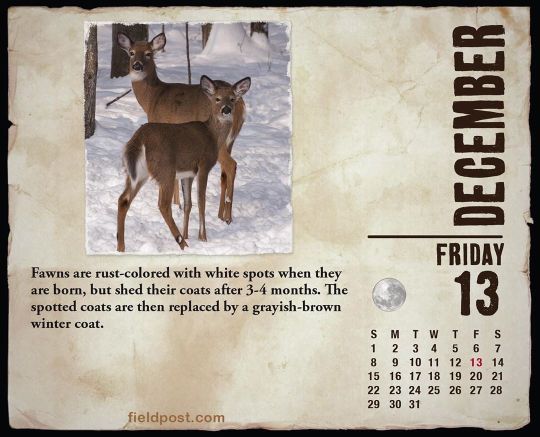
Fawns are rust-colored with white spots when they are born, but shed their coats after 3-4 months. The spotted coats are then replaced by a grayish-brown winter coat. #whitetails @fieldpostevents https://www.instagram.com/p/B6CGfGwA7e_/?igshid=1bdwwby410l3f
0 notes
Photo

Bears mark trees with their scent as a way to communicate. They typically stand on two legs and rub their backs, shoulders and the back of their heads on a pole, tree or other object. #bears @fieldpostevents https://www.instagram.com/p/B5_l7xwAmuq/?igshid=fljc8humxwjw
0 notes
Photo
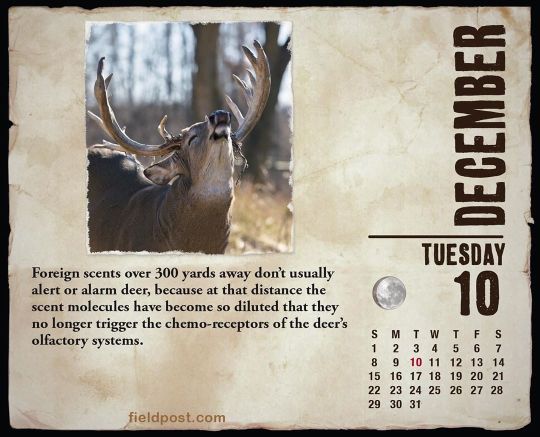
Foreign scents over 300 yards away don’t usually alert or alarm deer, because at that distance the scent molecules have become so diluted that they no longer trigger the chemo-receptors of the deer’s olfactory systems. @fieldpostevents https://www.instagram.com/p/B56qFzLA4L2/?igshid=9rphnitn1faa
0 notes
Photo
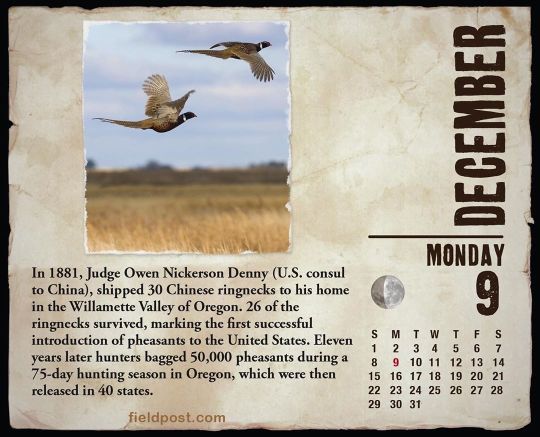
In 1881, Judge Owen Nickerson Denny (U.S. consul to China), shipped 30 Chinese ringnecks to his home in the Willamette Valley of Oregon. 26 of the ringnecks survived, marking the first successful introduction of pheasants to the United States. Eleven years later hunters bagged 50,000 pheasants during a 75-day hunting season in Oregon, which were then released in 40 states. @pheasants_forever @fieldpostevents https://www.instagram.com/p/B54GRGAgdUQ/?igshid=lv0fx0aurhvs
0 notes
Photo

Over the past 10 years, Wisconsin has ranked #1 in the nation for Boone and Crocket record entries. Even more impressive is that Wisconsin is the all-time B&C entry leader at nearly 800 deer in total. Hunters in Wisconsin have registered more than 370 deer in the B&C record book since the year 2000. To qualify for the B&C the deer must score a minimum of 160 points, which represents less than 1% of all harvested whitetails. Pope and Young report that greater than 8,000 Wisconsin deer have qualified for their records, ranking it #1 among all states. #booneandcrocket #popeandyoung @fieldpostevents https://www.instagram.com/p/B5zGrarg5KS/?igshid=1sjgn5ilb8f63
0 notes
Photo
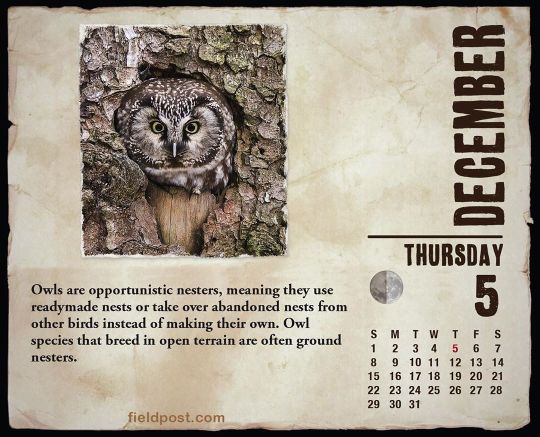
Owls are opportunistic nesters, meaning they use ready-made nests or take over abandoned nests from other birds instead of making their own. Owl species that breed in open terrain are often ground nesters. @fieldpostevents https://www.instagram.com/p/B5tpFiSAHIi/?igshid=8xskdve3kdda
0 notes
Photo
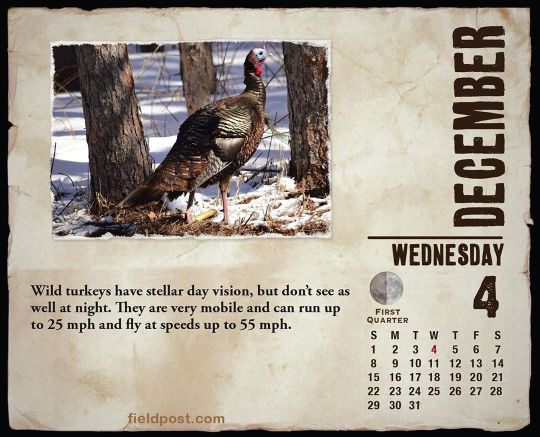
Wild turkeys have stellar day vision, but don’t see as well at night. They are very mobile and can run up to 25 mph and fly at speeds up to 55 mph. #wildturkey FieldPost https://www.instagram.com/p/B5rKD_tA6rg/?igshid=174n3ox9sjvq2
0 notes
Photo
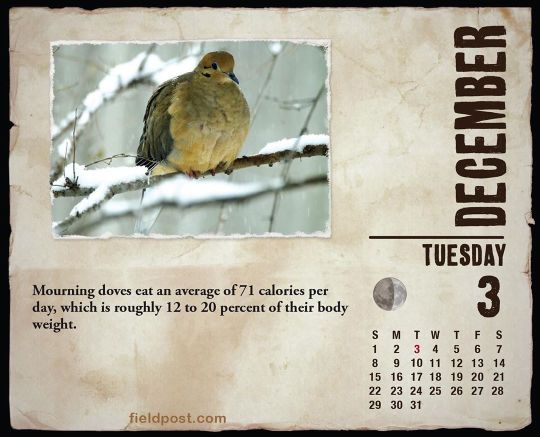
Mourning doves eat an average of 71 calories per day, which is roughly 12 to 20 percent of their body weight. #mourningdoves FieldPost https://www.instagram.com/p/B5ovbEwg8LW/?igshid=187bk4pmlzb9x
0 notes
Photo
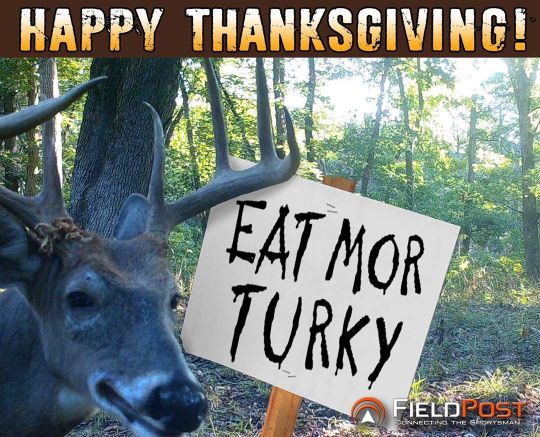
Give Thanks For All Your Blessings, Happy Thanksgiving from FieldPost! @fieldpostevents https://www.instagram.com/p/B5bD5XEA5rN/?igshid=1b11w98mx02rl
0 notes
Photo
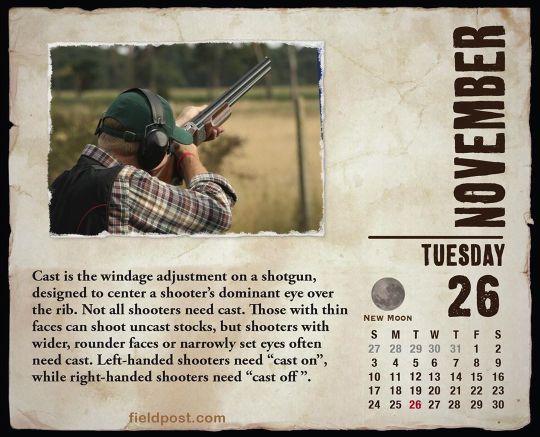
Cast is the windage adjustment on a shotgun, designed to center a shooter’s dominant eye over the rib. Not all shooters need cast. Those with thin faces can shoot uncast stocks, but shooters with wider, rounder faces or narrowly set eyes often need cast. Left-handed shooters need “cast on,” while right-handed shooters need “cast off.” @fieldpostevents https://www.instagram.com/p/B5Vi1vjAcb1/?igshid=dqpk9937gbri
0 notes
Photo

Epizootic hemorrhagic disease (EHD) is an acute, infectious, often fatal viral disease for deer. EHD is transmitted via a Culicoides biting fly or midge. Signs of the disease, which develop suddenly about a week after exposure, include loss of appetite and decreased fear of humans. They salivate excessively and grow progressively weaker. There is no known effective treatment or way to control EHD. @fieldpostevents https://www.instagram.com/p/B5VisvUgsNY/?igshid=1f52muoanshx6
0 notes
Photo
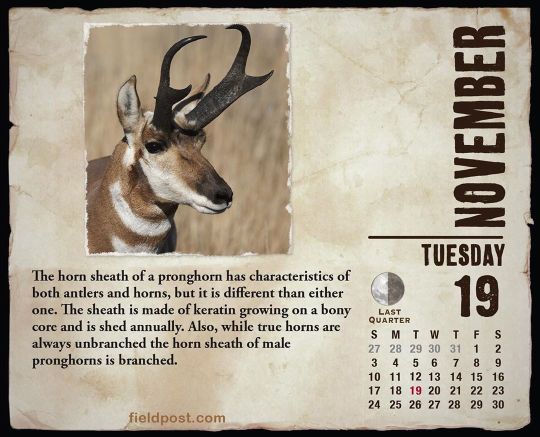
The horn sheath of a pronghorn has characteristics of both antlers and horns, but it is different than either one. The sheath is made of keratin growing on a bony core and is shed annually. Also, while true horns are always unbranched the horn sheath of male pronghorns is branched. #pronghorn @fieldpostevents https://www.instagram.com/p/B5DIPNAAUjn/?igshid=11u1l60yjgwvv
0 notes
Photo
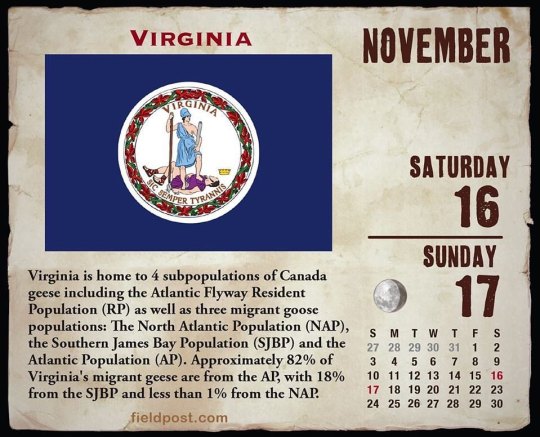
Virginia is home to 4 subpopulations of Canada geese including the Atlantic Flyway Resident Population (RP) as well as three migrant goose populations: The North Atlantic Population (NAP), the Southern James Bay Population (SJBP) and the Atlantic Population (AP). Approximately 82% of Virginia's migrant geese are from the AP, with 18% from the SJBP and less than 1% from the NAP. @ducksunlimitedinc @fieldpostevents @deltawaterfowl https://www.instagram.com/p/B48FvwCA_ug/?igshid=z2qal4ebblok
0 notes
Photo
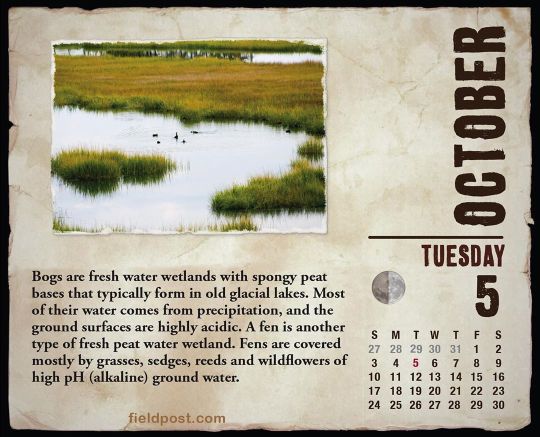
Bogs are fresh water wetlands with spongy peat bases that typically form in old glacial lakes. Most of their water comes from precipitation, and the ground surfaces are highly acidic. A fen is another type of fresh peat water wetland. Fens are covered mostly by grasses, sedges, reeds and wildflowers of high pH (alkaline) ground water. @fieldpostevents https://www.instagram.com/p/B4fDUc7g_5A/?igshid=iue7ertkcm2d
0 notes
Photo
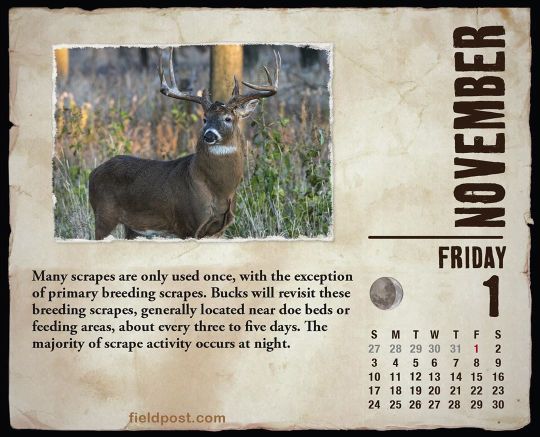
Many scrapes are only used once, with the exception of primary breeding scrapes. Bucks will revisit these breeding scrapes, generally located near doe beds or feeding areas, about every three to five days. The majority of scrape activity occurs at night. @whitetailsunlimited @fieldpostevents https://www.instagram.com/p/B4XNWSNg763/?igshid=gjry652msq2h
0 notes
Photo
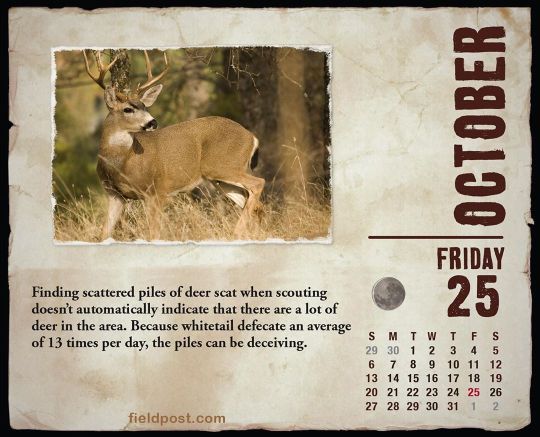
Finding scattered piles of deer scat when scouting doesn’t automatically indicate that there are a lot of deer in the area. Because whitetail defecate an average of 13 times per day, the piles can be deceiving. @fieldpostevents https://www.instagram.com/p/B4Cxb88gpdt/?igshid=rj57iipv93my
0 notes
Photo
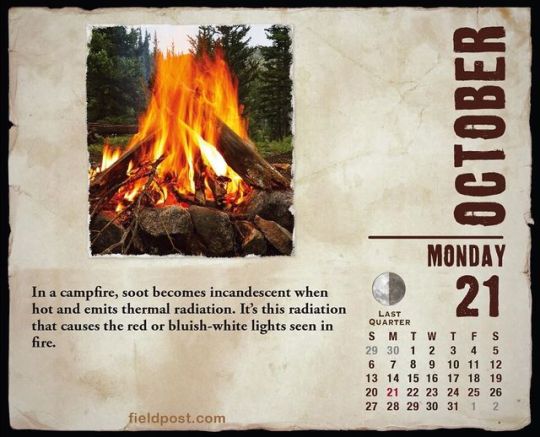
In a campfire, soot becomes incandescent when hot and emits thermal radiation. It’s this radiation that causes the red or bluish-white lights seen in fire. #campfire @fieldpostevents https://www.instagram.com/p/B34d68GANYo/?igshid=cyjbb1bcijwx
0 notes